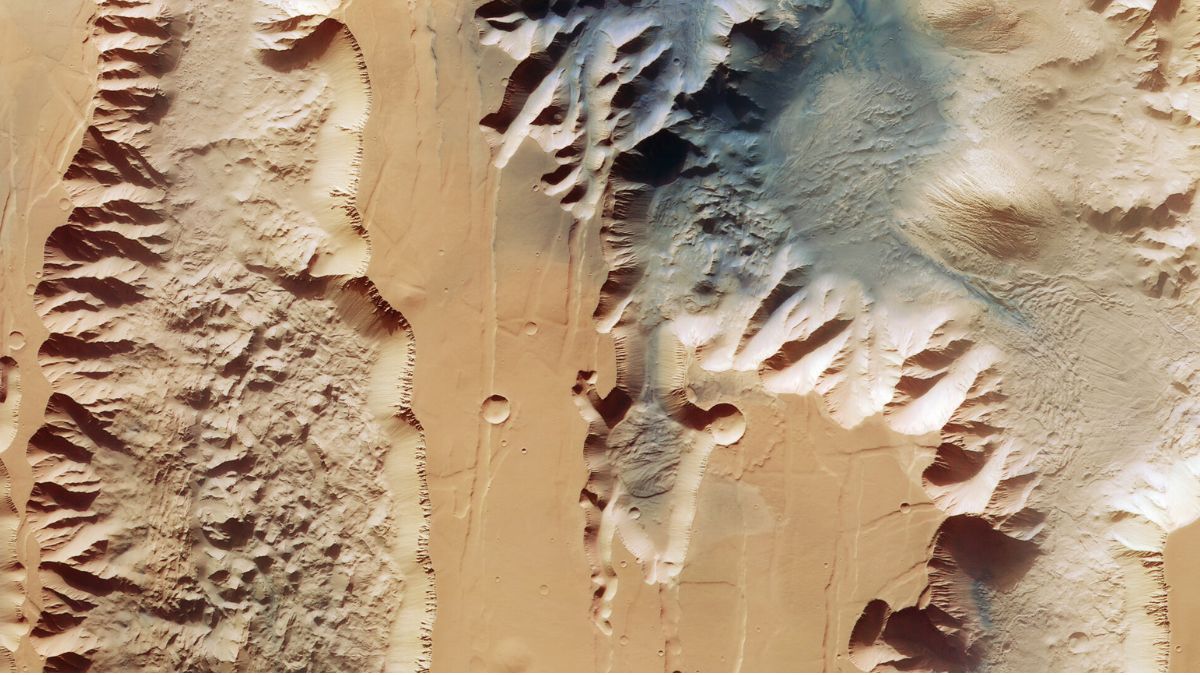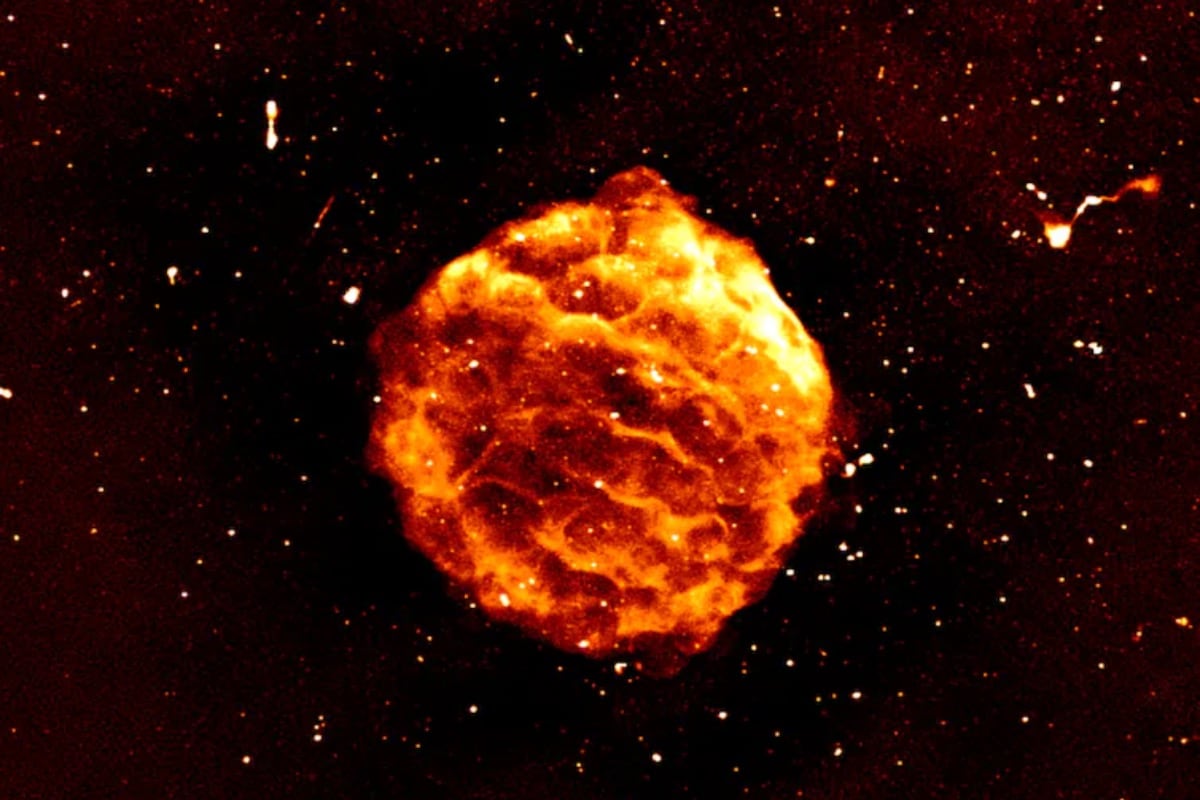An unprecedented nine-day tsunami following a significant rockslide in Greenland’s Dickson Fjord was recently recorded by the international Surface Water and Ocean Topography (SWOT) satellite, a collaborative mission by NASA and France’s Centre National d’Études Spatiales (CNES). The event, which took place in September 2023, saw a unique pattern of seismic waves resonate around the world, marking one of the rare instances where satellite data captured a prolonged natural phenomenon with such clarity.
Satellite’s Breakthrough Detection in Remote Fjord
As per a report by NASA, the rockslide unleashed over 25 million cubic meters of rock and ice into the fjord, displacing the water and creating a massive wave that moved rhythmically between the fjord walls every 90 seconds for nine consecutive days. NASA’s Jet Propulsion Laboratory scientist Josh Willis highlighted this as a first, saying, “SWOT’s technology allowed us to see the wave contours, something we couldn’t achieve before.” The water levels on the northern side of Dickson Fjord rose as high as 1.2 metres in contrast to the southern side, emphasising the powerful impact of the rockslide.
Advanced Technology for Global Hazard Monitoring
At an altitude of around 900 kilometres, SWOT utilises a Ka-band Radar Interferometer (KaRIn) to measure surface water height with precision. This technology captured the event’s effects in the confined fjord setting, which conventional altimeters could not do due to their larger footprint. Nadya Vinogradova Shiffer, a scientist at NASA Headquarters, noted that this capability highlights SWOT’s potential for monitoring hazards, contributing to preparedness and disaster risk reduction.
Innovative Partnership in Satellite Research
Since its launch in December 2022, SWOT has been instrumental in mapping global water levels. Developed with contributions from the Canadian and UK space agencies, NASA leads the mission’s U.S. operations, including the KaRIn instrument, with CNES managing various onboard systems and support. The data collected promises ongoing contributions to scientific understanding of Earth’s water dynamics.
For the latest tech news and reviews, follow Gadgets 360 on X, Facebook, WhatsApp, Threads and Google News. For the latest videos on gadgets and tech, subscribe to our YouTube channel. If you want to know everything about top influencers, follow our in-house Who’sThat360 on Instagram and YouTube.











